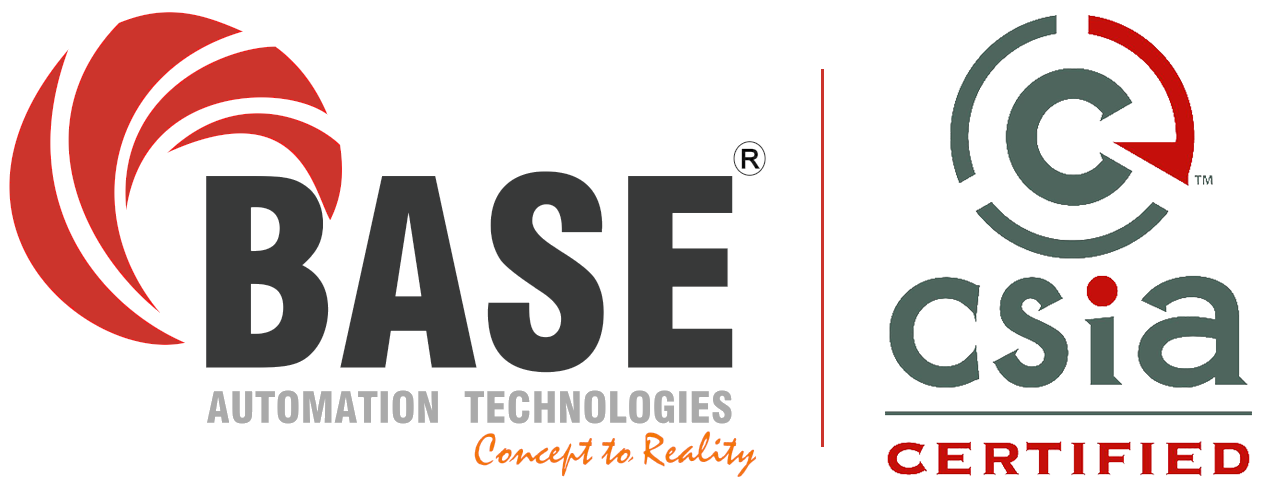-
Call Us
+91 73388 97775
Successfully transforming the Industrial Manufacturing Business to achieve excellence for over 25 years!
276, 2nd Main Road, Nehru Nagar,
Kottivakkam, OMR, Chennai – 600096, India.
: 91 73388 97775
(Monday - Friday)
Production Planning System for Tire Curing Presses
Industry 4.0 System Integrator > Tyre > Production Planning System for Tire Curing PressesOverview
Client: A leading tire manufacturing company
Duration: 3 months
Objective: Implement a production planning system for tire curing presses
Goals
1. Shift Management: Manage shift rotations to ensure optimal manpower utilization and uninterrupted production cycles.
2. Status Tracking: Track each curing machine’s status and schedule for maximum uptime.
3. Cycle Time Tracking: Monitor and adjust cycle times to meet production targets while maintaining quality standards.
4. Manage Production Plan: Enable real-time tracking of plan quantities for precise control over production volumes.
5. Real-time Insights: Calculate total production minutes to provide insights into machine efficiency and process bottlenecks, while efficiently managing left and right cavity SKUs to reduce changeover times and increase production rates.
Solution implemented

The Production Planning System was built using the Ignition platform. Key features of the application included:
1. Real-Time Data Analysis: Provides real-time data analysis, enabling proactive decision-making and swift response to any production anomalies.
2. Customizable Reports: Generates customizable reports for detailed review of production metrics and KPIs.
3. Scalability: Accommodates future expansion and technological upgrades without disrupting existing operations.
Implementation Steps
1. Unified Namespace (UNS) Development:
a. Assessment and Planning:
i. Conducted a thorough assessment of the existing infrastructure, including all 40 curing presses from different OEMs.
ii. Planned the architecture of the Unified Namespace (UNS) to ensure seamless integration and data flow.
b. Integration of Equipment:
i. Connected each curing press to the Ignition platform using the communications protocols natively available on the platform for real-time data acquisition from each machine.
2. Data Integration:
a. Real-Time Monitoring:
i. Configured the Ignition platform to collect and display real-time data from the curing presses, including status, schedules, and cycle times.
ii. Developed dashboards to visualize machine performance metrics and operational status.
b. Data Processing:
i. Implemented data processing algorithms to filter, aggregate, and analyze incoming data for actionable insights.
ii. Ensured data integrity and accuracy through validation checks and redundancy mechanisms.
3. Shift Management:
a. Shift Rotation Module:
i. Designed and implemented a shift rotation management module within the Ignition platform.
ii. Configured the module to handle various shift patterns, including day and night shifts, ensuring optimal manpower utilization.
b. Automated Scheduling:
i. Automated the scheduling process to minimize manual intervention and reduce the risk of human error.
ii. Integrated the scheduling module with the real-time data feed to dynamically adjust shift rotations based on production needs.
4. Cycle Time Monitoring and Adjustment:
a. Cycle Time Tracking:
i. Implemented real-time tracking of cycle times for each curing press, providing visibility into the duration of each production cycle.
b. Optimization Algorithms:
i. Developed and deployed algorithms to analyze cycle time data and identify opportunities for optimization.
c. Alert System:
i. Set up an alert system to notify operators of any deviations from optimal cycle times, allowing for immediate corrective actions.
5. Production Tracking:
a. Real-Time Plan Quantity Tracking:
i. Enabled real-time tracking of plan quantities, ensuring precise control over production volumes.
ii. Integrated plan quantity data with the overall production schedule to provide a comprehensive view of progress towards targets.
b. SKU Management:
i. Implemented a system to manage left and right cavity SKUs, minimizing changeover times and increasing production rates.
ii. Developed a tracking mechanism to monitor SKU changes and ensure smooth transitions.
6. Efficiency and Bottleneck Analysis:
a. Total Production Minutes Calculation:
i. Implemented a calculation module within the Ignition platform to track and calculate total production minutes for each curing press.
b. Performance Analytics:
i. Developed analytics tools to analyze production minutes data, providing insights into machine efficiency and identifying process bottlenecks.
c. Bottleneck Identification:
i. Created visualizations and reports to highlight bottlenecks in the production process, enabling targeted improvements.
d. Continuous Improvement:
i. Established a feedback loop to continuously monitor and optimize production processes based on the insights gained from the data analysis.
Conclusion
The implementation of the production planning system using the Ignition platform significantly enhanced the tire curing process. The client benefited from increased productivity, assured quality, cost efficiency, and improved agility in responding to market changes. The project was delivered within the planned three-month timeframe, showcasing the effectiveness of the Ignition platform in managing complex manufacturing processes and driving operational excellence.
